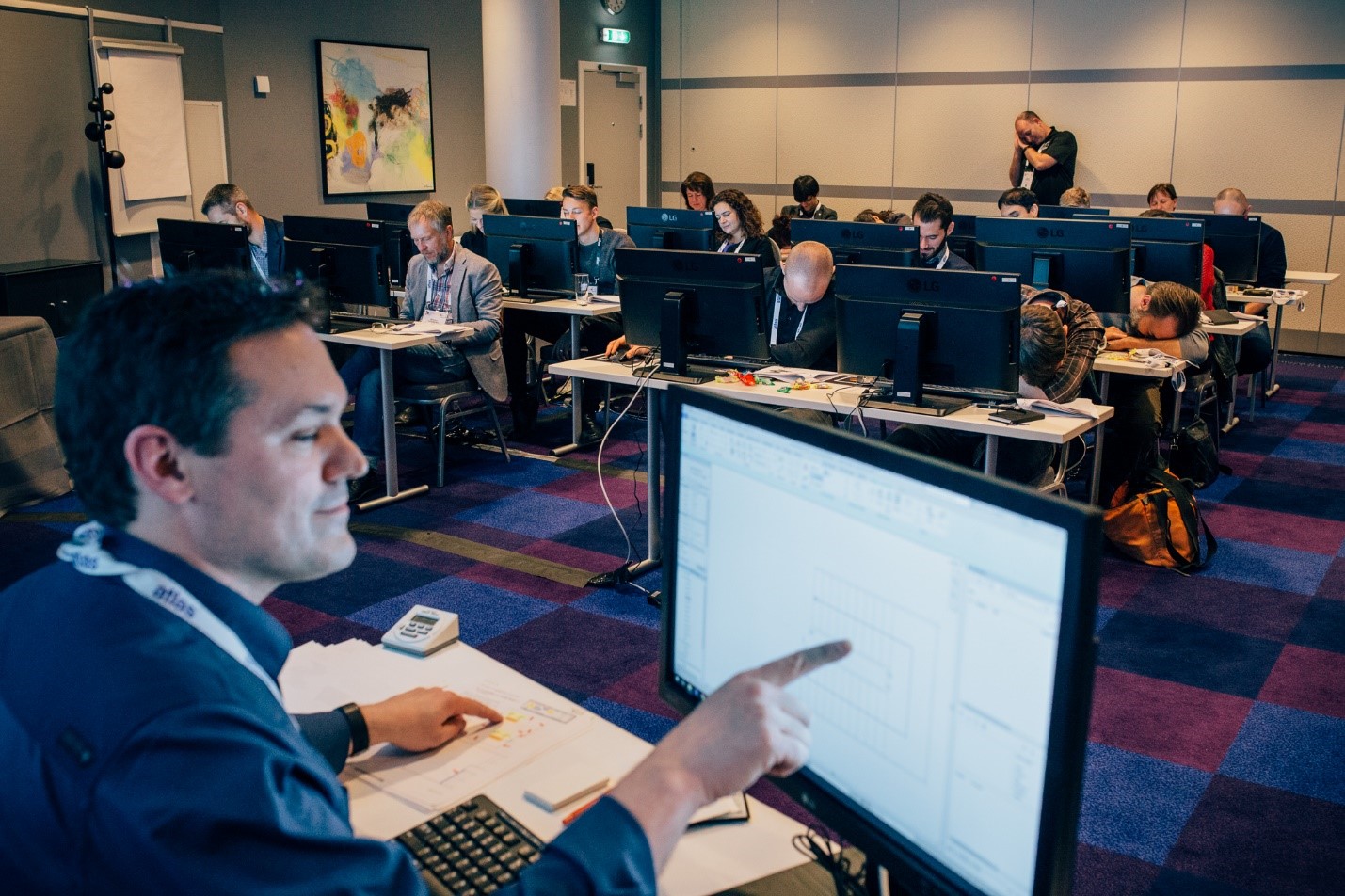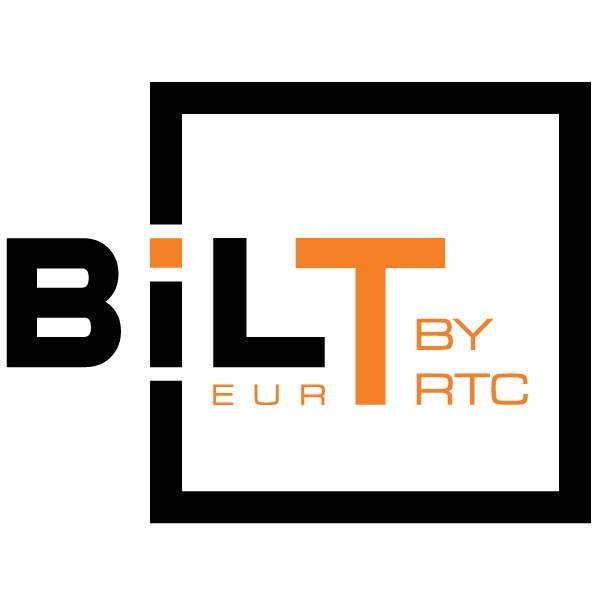BIM from across the pond
An Interview with Daniel Stine

Who are you – tell us what you really do and help us to get to know you a little bit better (I.e. what got you excited last Wednesday?)
Curious. I am a registered architect, educator, author, blogger, husband and father of two. I am involved in research, beta testing, staff training and many other random things. Last Wednesday I was testing a new MSi laptop that is not for sale yet and I cannot talk about.
Being a chartered Architect and the BIM Administrator in a 250 person multidisciplinary design team, what has been more challenging? Enhancing and using your soft skills or understanding the technical aspects of every discipline?
Professionals. I would say the technical knowledge required to make each discipline successful is more challenging—they are not called professionals for nothing, right. As you know, software is almost always a tool used to support the layout, analysis and documentation, so it naturally is more finite and easier to understand—especially once the fundamentals of the discipline are comprehended. And, to put this on context, here are the disciplines I support for both BIM and CAD: Architecture, Interior Design, Structural (buildings and Bridges), Mechanical, Electrical, Civil, Landscape Architecture, Survey, Industrial and Pipeline.
Although you are based in the U.S., you have an extended network throughout the globe. What would you say are the main differences between BIM implementation and use between U.S. and Europe, and do you think there could be a global unified BIM process?
Change. I think one of the biggest hurdles, universally, is probably convincing people, firms and governments to embrace change and new workflows and/or software.
Economic. I also understand there are economic barriers to BIM. I have talked with people who say they still have 32bit computers in their office or low quality technical infrastructure, which limits cloud-based activites which have become popular.
We are used to the term MEP in BIM, although it refers to 3 different disciplines that require 3 different degrees of engineering to design. Do you think they should be kept together as one?
Semantics. Well, I think they should be separate tabs on the ribbon in Revit, but other than that it is just semantics in my opinion. There is a lot of synergy between the three systems so the term MEP is a convenient way to describe them. Plus, in most of the MEP firms I have worked with, including here at LHB, the mechanical engineer does both the Mechanical and Plumbing design.
We understand you will be presenting 3 sessions in October at BILT Europe, this year in Ljubljana, SloveniaTell us a little about your sessions at BILT Europe – what was the motivation behind them and why should delegates attend?
Regenerative. Our IDT has begun using the term “Regenerative” to describe a desire to go beyond sustainable design and give back or make something better. That fits well with the knowledge I want to share this year. I have two sessions on energy modeling. One is on the workflow Autodesk offers with Revit + Insight. If you are not aware of this workflow, I encourage you to check it out as you will not be disappointed. The other session on this topic has to do with how to incorporate energy modeling into your firm’s standard workflow – see photo below. Here is a related blog post as well: Increased Efficiency Through Training; For Staff and Buildings. Finally, I also have a two part lab on remodels and alternates in the context of an MEP project.
Integrative. This is a great theme, and I can attest to the benefits of integrated industries. The first three places I worked were architects-and-interior-designers-only firms. By contrast, LHB is a multi-disciplinary firm where architects, interior designers, mechanical and electrical engineers all sit near each other based on focus groups. The structural and civil engineers are on an adjacent floor. This co-location produces a rich synergy within the firm’s Integrative Design Team (IDT,) and all the Revit models and Civil 3D files are live links to each other. By the way, we changed to use the term “Integrative” rather than “Integrated” as it refers to an ongoing effort rather than something “having been done.” When we need specialists, such as food service, parking ramp, pool, etc., we often have them use a VDI connection to work directly in our project files or benefit from the live link for maximum coordination and the elimination of time spent sharing files once a week. Publication. One of my Revit books is title Design Integration using Autoesk Revit 2019 which covers and articulates the benefits of BIM, including energy modeling and professional lighting analysis.
What do you enjoy most about BILT?
Networking. It is super fun to talk to others about their work and personal lives. I also like watching others present and checking out new products in the exhibit hall.Have you ever been to Ljubljana? If yes, what tips do you have? If not, what are you looking forward to – and maybe give us one thing you would like a tip on
No. I have not been to that region of Europe. We are super excited about the trip. I have read a little about the area. Questions? I am curious what the weather will be like and if it rains often?
To Hear more of Dan, make sure you register to attend this year's BILT Europe












